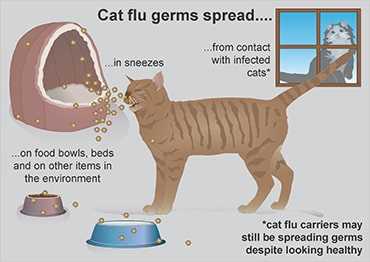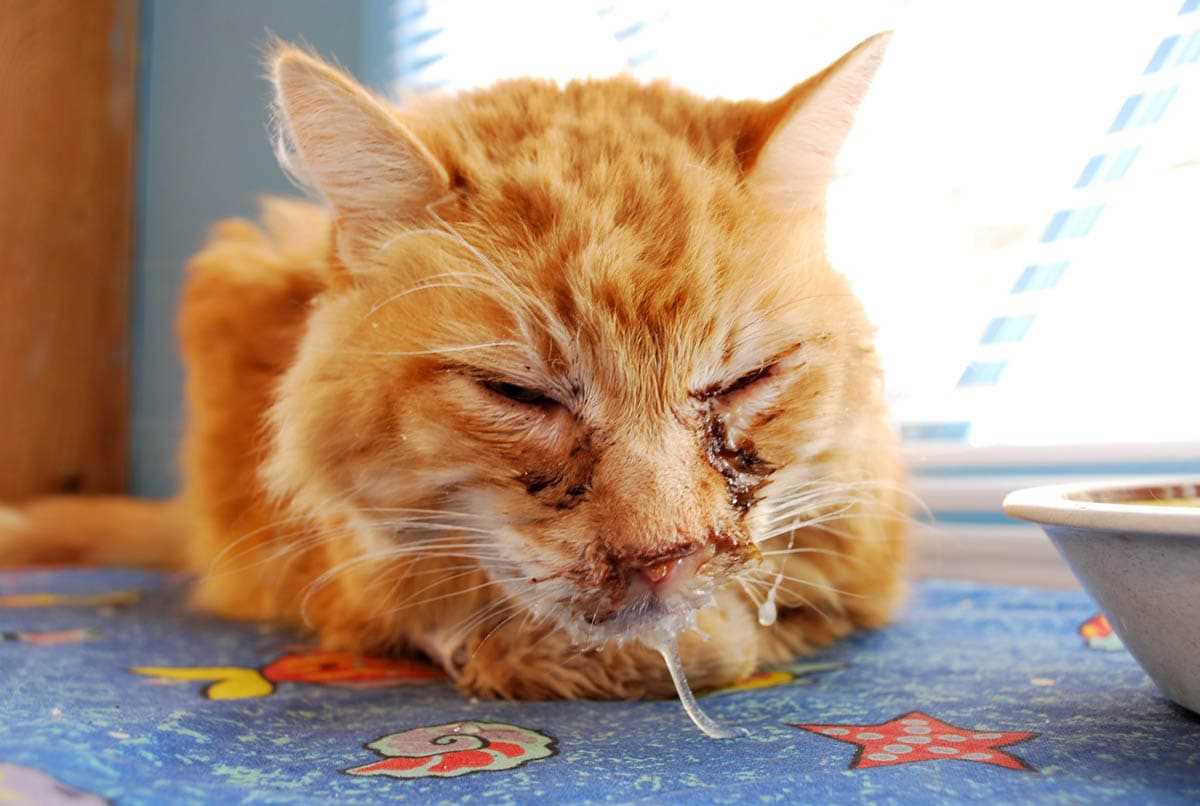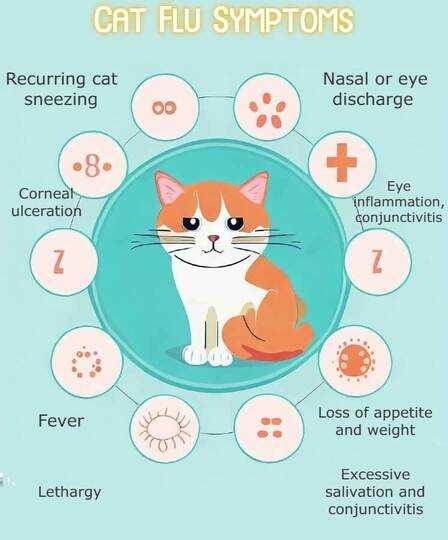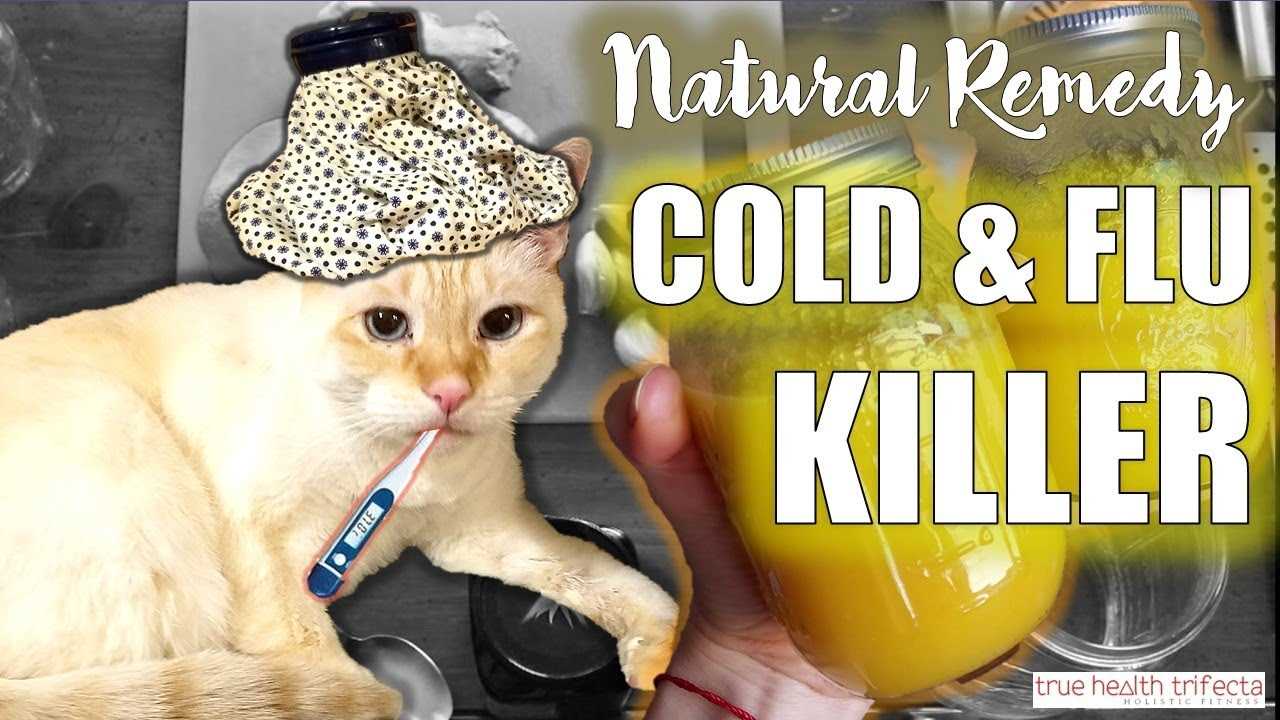First off, ensure you’re providing fresh water at all times. Hydration is crucial for recovery, as it helps thin mucus and keeps my throat comfortable. You can also try offering wet food, which has higher moisture content, making it easier for me to eat.
Next, consider using a humidifier. Moist air can ease my breathing and soothe those irritated nasal passages. If you don’t have one, a warm shower can create steam; just let me sit in the bathroom for a bit while you shower.
Don’t forget about my comfort! Create a cozy, quiet space for me to rest. A warm blanket or my favorite bed helps me feel secure and relaxed, allowing my body to focus on getting better.
Monitor my symptoms closely. If I have a loss of appetite, try tempting me with my favorite treats or warm food. Adding a little warm water can enhance the aroma and make it more appealing.
If I seem lethargic or my symptoms worsen, consult with your veterinarian. It’s always better to be safe and ensure I get the care I need!
Recognizing the Symptoms of Cat Flu

Feeling under the weather? Look for specific signs. Sneezing, coughing, and nasal discharge are common indicators. Keep an eye out for watery or swollen eyes, too. Loss of appetite is another clue; if I’m not munching on my favorite snacks, something might be off.
Common Symptoms
| Symptom | Description |
|---|---|
| Sneezing | Frequent sneezes can indicate irritation in the respiratory system. |
| Coughing | Persistent coughs may signal that I have trouble breathing. |
| Nasal Discharge | Clear or colored fluid from the nose shows inflammation. |
| Watery Eyes | Excessive tearing or redness can mean my eyes are affected. |
| Loss of Appetite | If I’m not eating, it’s a sign I’m not feeling well. |
| Lethargy | Low energy and uninterest in play are big red flags. |
Additional Signs to Watch For
Keep an eye on my breathing. If it’s rapid or labored, that’s concerning. A fever might show up too; check if I feel warmer than usual. If I’m hiding more than normal, it could mean I’m feeling pretty bad. Always trust your instincts; if something feels off, it probably is.
Creating a Comfortable Recovery Space for Your Cat
Choose a quiet corner in your territory away from noise and foot traffic. A cozy bed or a soft blanket will make a perfect resting spot. Cats love warmth, so placing a heated pad under the bedding can add comfort, but ensure it’s safe and not too hot.
Proper Ventilation

Good air circulation is necessary. Open a window slightly to let fresh air in, but ensure there are no drafts. A stuffy environment makes recovery harder. If it’s chilly outside, a small space heater can help maintain a warm atmosphere.
Accessible Essentials
Keep food and water bowls nearby, along with a litter box. Position everything within easy reach to minimize movement. Use shallow dishes for easier access. Hydration is key, so consider offering wet food along with regular meals.
Place some of my favorite toys nearby to keep me engaged without too much exertion. A scratching post can also provide comfort and help relieve stress. Lastly, your presence is comforting, so a chair nearby where you can sit and keep me company will make a significant difference.
Hydration methods for sick felines

Encouraging fluid intake is crucial for recovery. I recommend offering fresh water in a shallow dish, as it’s easier for us to access. If your buddy isn’t drinking, try adding water to our favorite wet food. This adds moisture and makes meals more appealing.
Alternative hydration options
Consider offering low-sodium chicken or beef broth. It’s flavorful and enticing, promoting hydration. Ice cubes can also be a fun way to entice us; some cats enjoy batting them around and licking the melting ice.
Using a pet water fountain is another great way to encourage drinking. The flowing water attracts many of my friends. If you’re thinking about enhancing your home for our comfort, check out the best screen door for cats to ensure we have access to fresh air while staying safe.
Monitoring hydration

Keep an eye on our hydration levels. A simple skin pinch test can help. If the skin doesn’t spring back quickly, it might be a sign of dehydration. If in doubt, consult with a vet, as they can provide additional hydration methods like subcutaneous fluids. Remember, staying hydrated is key to feeling better!
For those with gardens, having a well-maintained space can uplift spirits. If you’re curious about maintaining your lawn, check if are lawn boy mowers still made to keep your outdoor haven pristine.
Feeding strategies for a feline with a respiratory ailment
Opt for highly palatable, moist food options to entice mealtime. Canned varieties or fresh, homemade meals can stimulate appetite, providing necessary nutrients.
Incorporate warm water or broth into meals to enhance aroma and flavor. Heat can make food more appealing and easier to consume.
Consider smaller portions throughout the day rather than large meals. This approach can prevent overwhelming and encourage intake.
Monitor dietary preferences closely. Some may favor specific textures or flavors. Offering a variety can help identify what sparks interest.
Evaluate nutritional supplements if weight loss occurs. Discuss with a veterinarian to determine appropriate choices that can support recovery.
Pay attention to food temperature. Slightly warmed meals can be more inviting and easier on sensitive throats.
Limit dry kibble unless it’s the only option accepted. Moisture-rich foods are preferable during this time.
Keep feeding areas clean and free from stressors. A calm environment can positively influence willingness to eat.
Using steam and humidifiers for respiratory relief
To help with my breathing, I recommend using steam and humidifiers. A warm shower can create a steamy environment. Just let the water run, and sit with me in the bathroom for about 10-15 minutes. The moisture in the air can loosen congestion and make it easier for me to breathe.
If a humidifier is available, filling it with water and placing it in my recovery area is a great idea. Keep it running, especially during the night when I rest. This will keep the air moist and comfortable, helping to soothe my irritated nasal passages.
Ensure the humidifier is clean to prevent mold and bacteria from spreading. Regularly replace the water to maintain effectiveness. Using distilled water can also reduce mineral buildup and improve air quality.
Adjust the settings so that the humidity level is comfortable, ideally around 40-60%. Too much moisture can lead to other issues, so it’s important to find the right balance.
Incorporating these methods into my care routine will significantly enhance my comfort as I recover. I appreciate it when my human takes these steps to help me feel better!
When to Consult a Veterinarian During Home Treatment
If my symptoms persist for more than a couple of days, it’s time to seek professional help. A vet visit is necessary if I show signs of severe lethargy, refusal to eat or drink, or if I have difficulty breathing. These indicators can signal complications that need immediate attention.
Watch for Worsening Symptoms
If my nose becomes excessively runny or I start sneezing a lot more than usual, those are red flags. Additionally, if I develop a high fever or my coughing worsens, these changes warrant a trip to the clinic. Persistent vomiting or diarrhea also needs to be addressed by a veterinarian.
Behavioral Changes
Any significant changes in my behavior are worth noting. If I become unusually aggressive, hide for extended periods, or show signs of pain, it’s crucial to consult an expert. These behaviors can indicate underlying issues that require professional intervention.
Monitoring Your Recovery Progress
Daily observations are vital for tracking improvements or setbacks. I recommend keeping a log of my behavior, eating habits, and energy levels. This helps identify trends and patterns.
- Behavior Changes: Note any shifts in my playfulness or social interactions. Increased hiding or lethargy may signal lingering discomfort.
- Appetite Monitoring: Record my food intake. A gradual return to normal eating habits is a positive sign.
- Hydration Levels: Check my water consumption. Staying hydrated is critical, so ensure I’m drinking enough.
- Respiratory Assessment: Listen for changes in my breathing. A reduction in coughing or sneezing indicates improvement.
Regular temperature checks can also provide insight. A normal range is typically between 100.5°F and 102.5°F. Any significant deviations warrant attention.
Emotional well-being matters too. If I seem more relaxed or affectionate, it’s a good sign that I’m on the mend. Keep an eye on my grooming habits; a well-groomed fur indicates recovery.
If you notice any concerning signs, it’s wise to consult a vet. Regular updates to them can assist in assessing my condition accurately.
FAQ:
What are the common symptoms of cat flu that I should look out for?
Common symptoms of cat flu include sneezing, coughing, nasal discharge, watery eyes, and loss of appetite. You may also observe lethargy and difficulty breathing in more severe cases. If your cat shows any of these symptoms, it’s important to monitor their condition closely, as cat flu can lead to more serious health issues if not addressed.
How can I provide comfort to my cat while they recover from flu at home?
To help your cat feel more comfortable while recovering from flu, create a warm, quiet space for them to rest. Ensure they have access to fresh water and soft food, as they may have a reduced appetite. Using a humidifier can help ease their breathing, and gentle cleaning of their eyes and nose with a warm, damp cloth can provide relief from discharge. Spend time with them to offer reassurance and monitor their condition closely.
Are there any home remedies I can use to treat my cat’s flu symptoms?
While it’s always best to consult a veterinarian for treatment advice, some home remedies may help alleviate your cat’s flu symptoms. For example, keeping your cat hydrated is key, so ensure they have plenty of fresh water available. You can also try offering warm chicken broth or gentle steam from a bathroom after a hot shower to help with congestion. However, do not give your cat any human medications without veterinary guidance, as some can be harmful.
When should I consider taking my cat to the veterinarian for flu symptoms?
If your cat’s flu symptoms persist for more than a few days, worsen, or if they develop additional symptoms such as high fever, difficulty breathing, or severe lethargy, it’s crucial to seek veterinary care. Additionally, if your cat stops eating or drinking, it may lead to dehydration, which requires immediate attention. A veterinarian can provide appropriate treatment and ensure your cat recovers safely.






